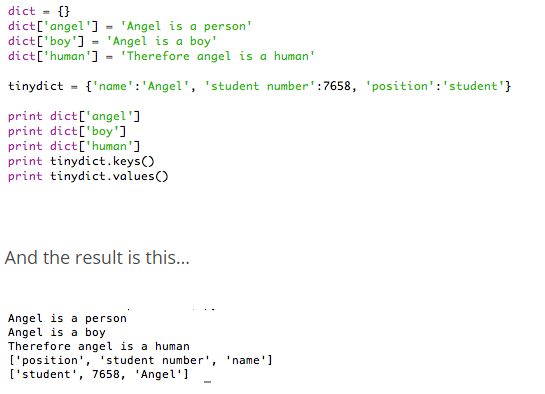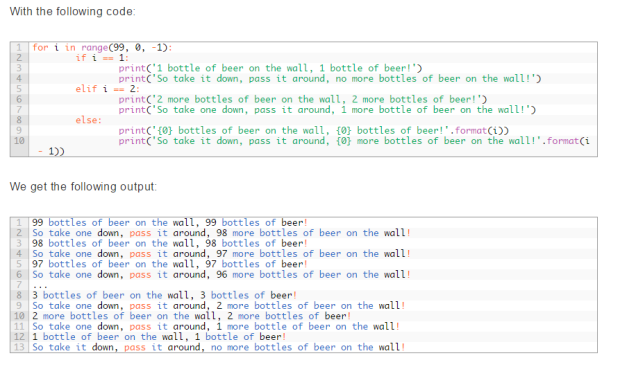Bueno bueno, ahora es el momento de ser inspiradores y decir nuestras opiniones al respecto de lo que hacemos en este curso. Honestamente no soy buena explicándome en general, así que intentaré expresarme de la mejor manera posible.
Sobre el curso
El curso en general me encantó, ha sido muy productivo en mi opinión y esta bn diseñado, me gustó tener la oportunidad de tener un asesor que si me explicó las cosas y que tenga la capacidad de ir más allá del curso.
Sobre mi maestro
Me gustó mucho haber tenido la oportunidad de trabajar con Ken, al inicio estaba nerviosa al respecto, pero al iniciar el curso eso se fue. Yo veo a Ken como un maestro que es experto en su materia y que a parte de instruirnos en lo académico, nos da apoyo también en lo que necesitemos, y nos enseña sobre la vida, no solamente de lo académico, eso es lo que yo considero como un buen maestro, so Ken….you got A+++++++













